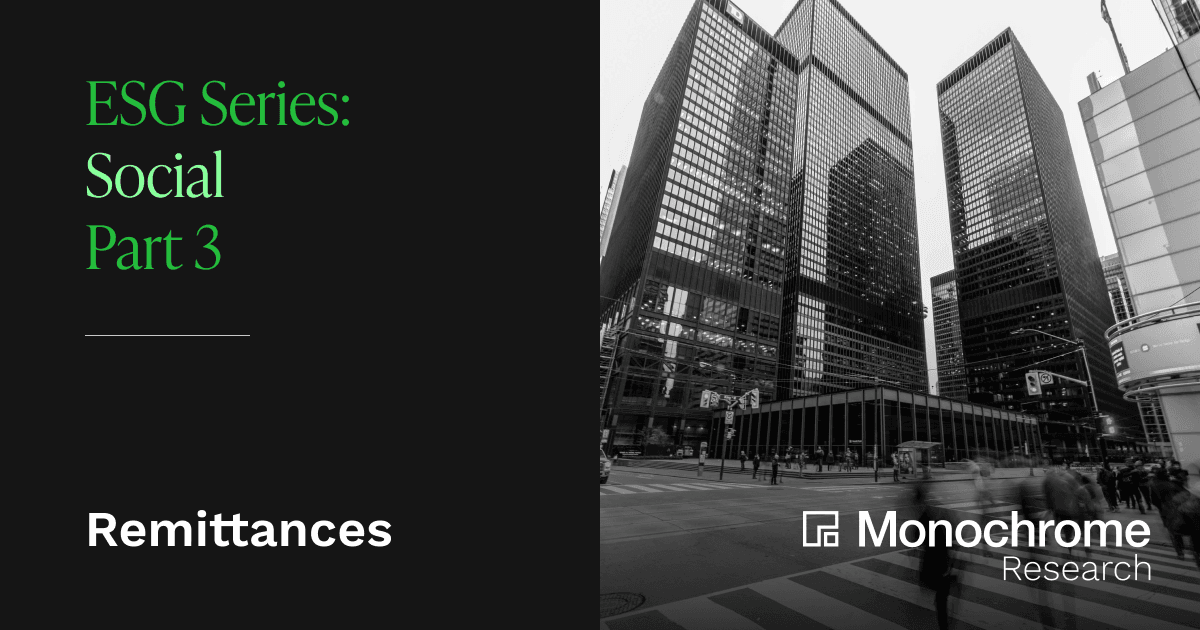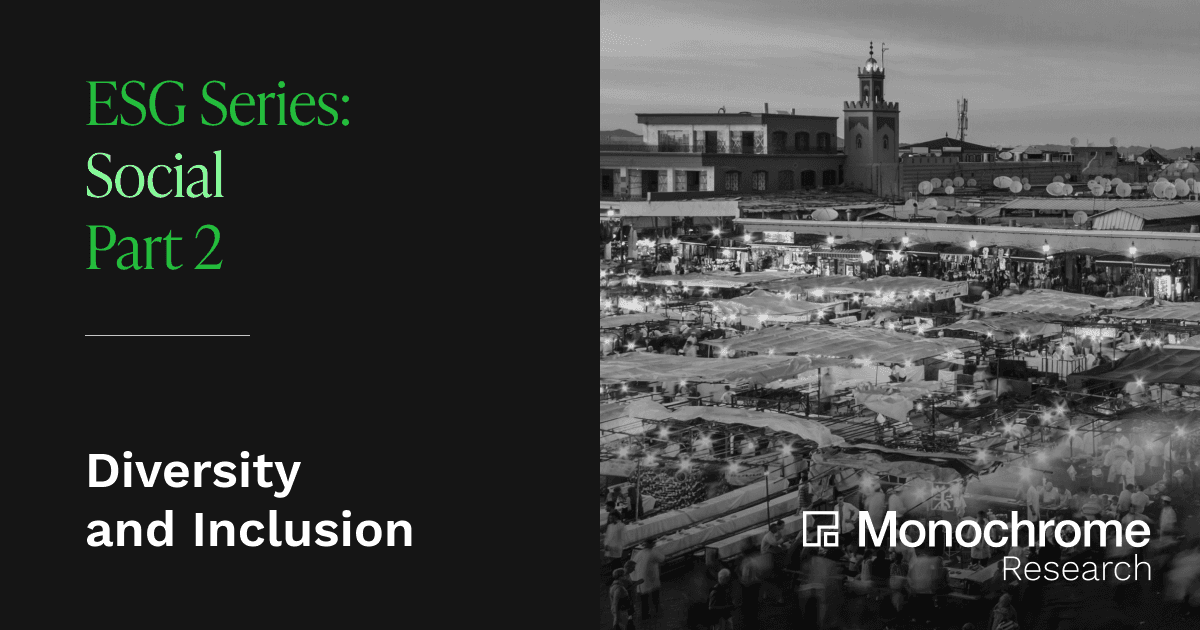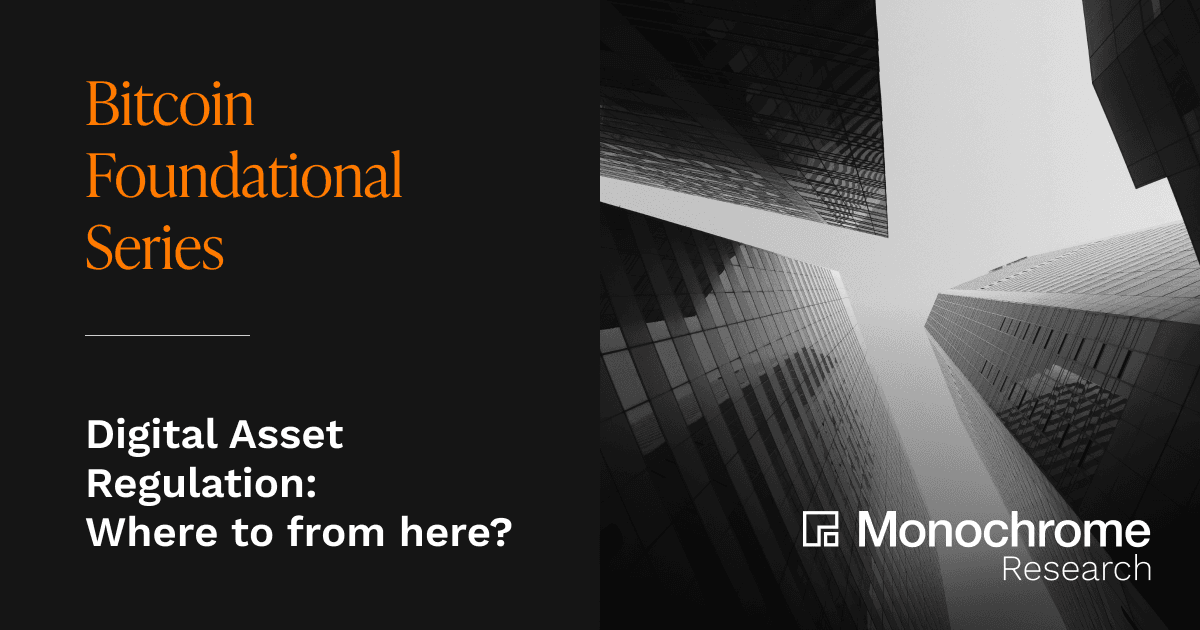Monochrome Asset Management Pty Ltd ABN 80 647 701 246 (Monochrome) is a Corporate Authorised Representative (CAR No. 1286428) of Vasco Trustees Ltd ABN 71 138 715 009 | AFSL 344486 (Vasco Trustees). Monochrome is the Investment Manager for the Monochrome Bitcoin ETF (IBTC) (ARSN 661 385 244) and the Monochrome Ethereum ETF (IETH) (ARSN 661 386 198). Vasco Trustees is the Responsible Entity and the issuer of interests in IBTC and IETH. The PDS and TMD for each product are available at https://monochrome.au/ and should be considered prior to investing.
This information is general in nature and does not take into account any person’s individual objectives, financial situation or needs. In deciding whether to acquire interests in IBTC or IETH and before investing, investors should read the PDS and TMD, and with the assistance of a financial adviser, consider if the investment is appropriate for their circumstances. Past performance is not indicative of future performance.
This site is protected by reCAPTCHA and the Google Privacy Policy and Terms of Service apply.






















